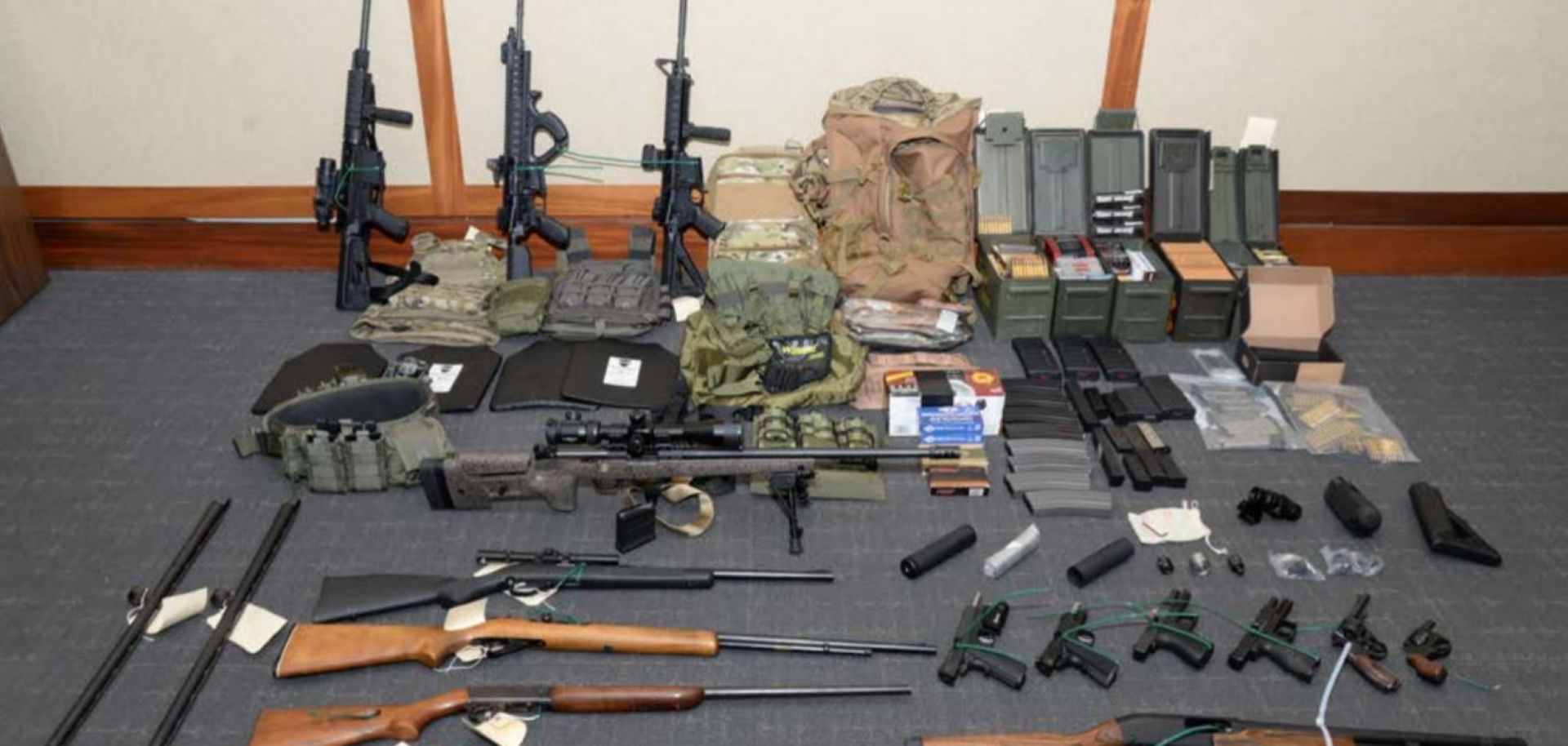COLUMNS
The Right-Wing Extremist Threat in Context: Internal Extremist Actors

Mar 10, 2020 | 11:00 GMT

A collection of weapons and ammunition federal agents say they found in the apartment of a member of the U.S. Coast Guard accused of plotting a major terror attack against Americans.
(Photo by U.S. Attorney’s Office for the District of Maryland via Getty Images)
Highlights
- Insiders have an advantage over outsiders when planning an attack on a company or organization due to their intimate knowledge of security measures, policies and procedures.
- But insiders also have a disadvantage in that their co-workers have more contact with them, and can note as they progress through the attack cycle or along the pathway to violence.
- Educating employees about warning signs and preparatory activities can empower them to help detect and report them.
Subscribe Now
SubscribeAlready have an account?
